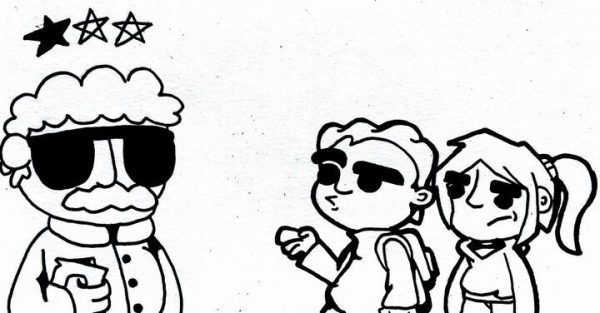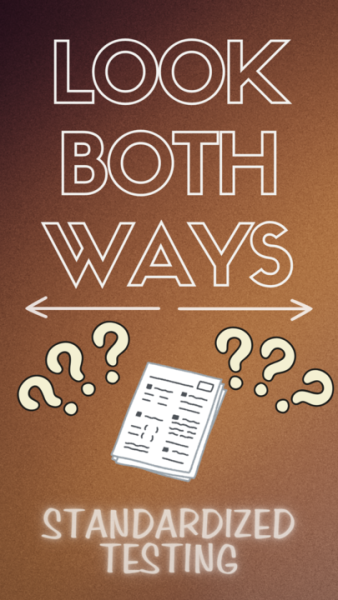Astronauts near end of historic shuttle flight
November 1, 1993
CAPE CANAVERAL, Fla. (AP)—Columbia’s science astronauts were jabbed with needles for the last time in space Sunday as NASA’s longest shuttle flight drew to a close.
Researchers were thrilled with the data collected during the 14-day medical mission. The astronauts worked 18-hour days for much of the flight and volunteered for extra tests, some of them dizzying, so scientists could better understand how the body changes in weightlessness.
They stared at dots in a rotating dome and were dropped by bungee cords and spun in a chair, just to name a few.
‘‘You guys have set a new standard for productive space life sciences research,’‘ ground controller Laurence Young told the seven astronauts.
Scientists expect the mission—only the second U.S. space flight devoted solely to medical research—to help them better understand the side effects of space travel. The more common ailments include motion sickness, anemia, weakened muscles and bones, and lightheadedness upon return to Earth.
Doctors hope to also reap benefits for earthbound patients, particularly the elderly and those bedridden.
Columbia’s journey was due to end with a 10:06 a.m. EST Monday landing at Edwards Air Force Base in California—14 days and 13 minutes after it began and nearly five hours beyond the longest shuttle flight to date. Columbia set that record last year.
Before shutting down Columbia’s laboratory, the two physicians, one veterinarian and one biochemist squeezed in more heart measurements and drew blood from one another to gauge calcium and protein levels.
The biochemist, Shannon Lucid, noted over the weekend that the only good thing about getting poked so much was that her crewmates were getting better at inserting the needles.
Lucid and Dr. Rhea Seddon also took blood samples from 10 of Columbia’s 42 surviving rats. Six rodents were killed and dissected Saturday—a space first—and the body parts preserved for postflight study.
There was more testing to come on Earth for both the humans and rats.
The 42 rats were to be killed for dissection anywhere from a few hours to 14 days after touchdown.
As for the five men and two women, NASA planned to remove them from Columbia on stretchers to slow the effects of gravity. For two weeks, they will undergo the same experiments as they did in orbit so scientists can see how long it takes for their bodies to fully readapt to gravity.
NASA program scientist Frank Sulzman expects the astronauts to be ‘‘completely normal’‘ by the end of the week.
Less rigorous, follow-up checks will continue for another month, longer if the astronauts volunteer for a NASA study that follows the health of past and present astronauts throughout their lives.













